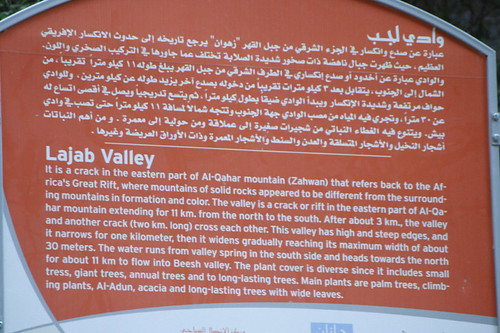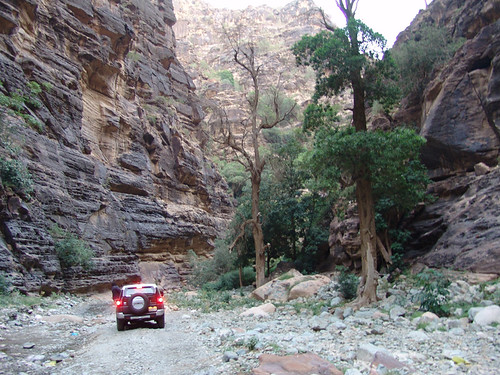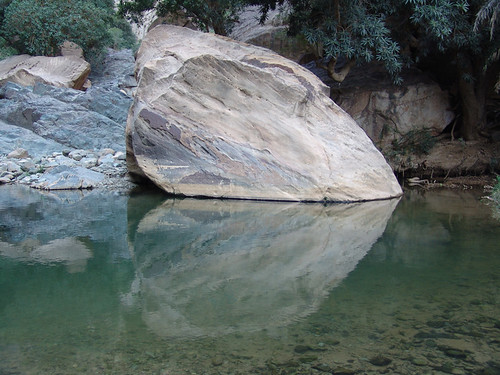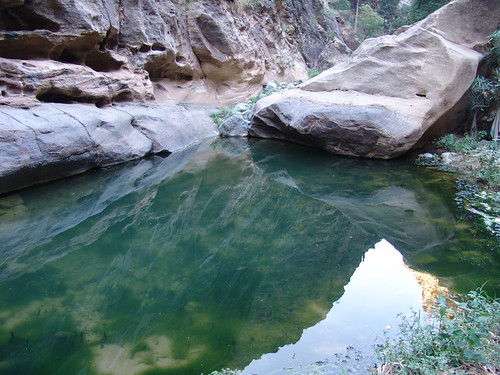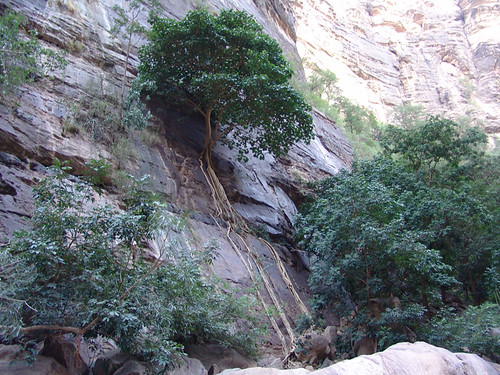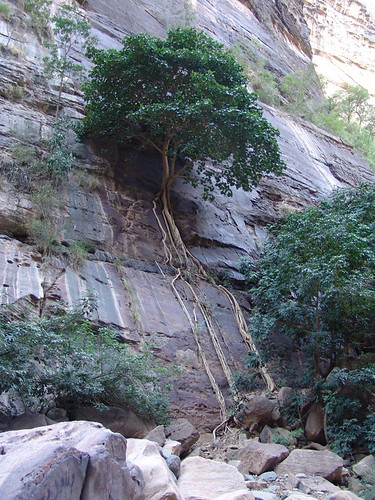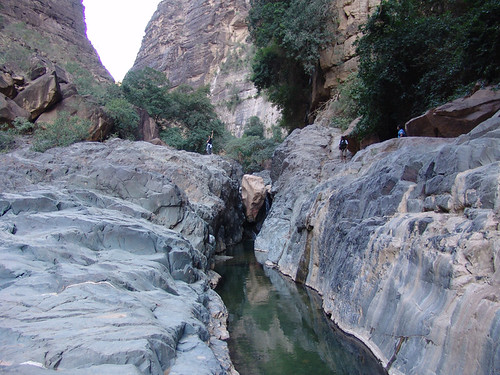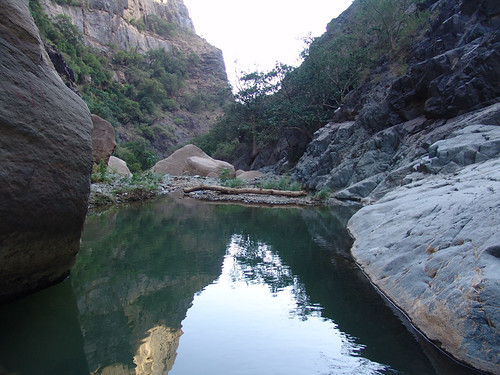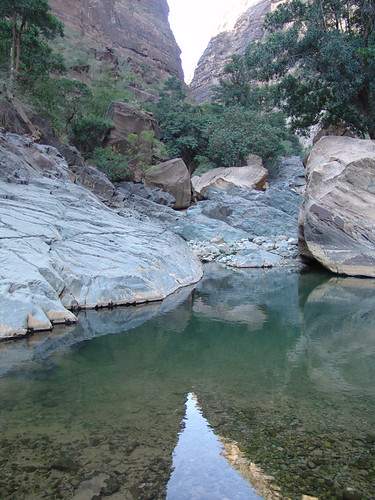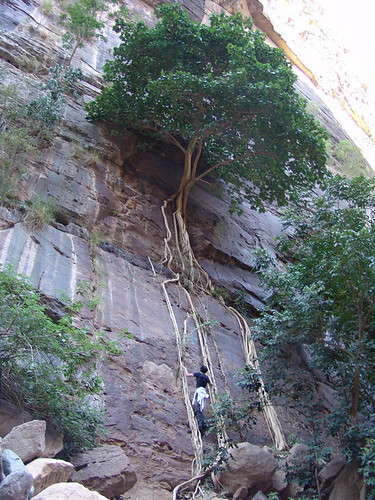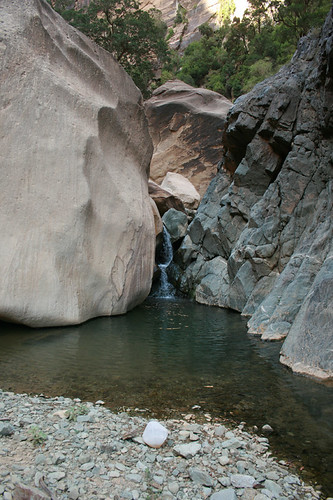TARIQ BN ZIYAAD
FULL MEMBER

- Joined
- Mar 10, 2010
- Messages
- 1,951
- Reaction score
- 0
Assalam alaikum
Mosa, we r enjoying this thread don't we r not ready to read or Q&A these what ever u tell them they will not get satisfied and it is clearly shown let them die of hatred.
It is enough for u ppl that ur forefathers spread islam to all over the wolrd and died thousands miles away from their land and families, if it was not of them we still be worshiping donkey, monkeys etc but these ppl r not greatful. these r secterians but can't say it lol
BTW , don't cry for Abu Bakr's house if he was here he would demolish his home if there was any need of it. just like he did in his life. nobody appointed u his attorney.
send those pic
TARIQ
Mosa, we r enjoying this thread don't we r not ready to read or Q&A these what ever u tell them they will not get satisfied and it is clearly shown let them die of hatred.
It is enough for u ppl that ur forefathers spread islam to all over the wolrd and died thousands miles away from their land and families, if it was not of them we still be worshiping donkey, monkeys etc but these ppl r not greatful. these r secterians but can't say it lol
BTW , don't cry for Abu Bakr's house if he was here he would demolish his home if there was any need of it. just like he did in his life. nobody appointed u his attorney.
send those pic
TARIQ




